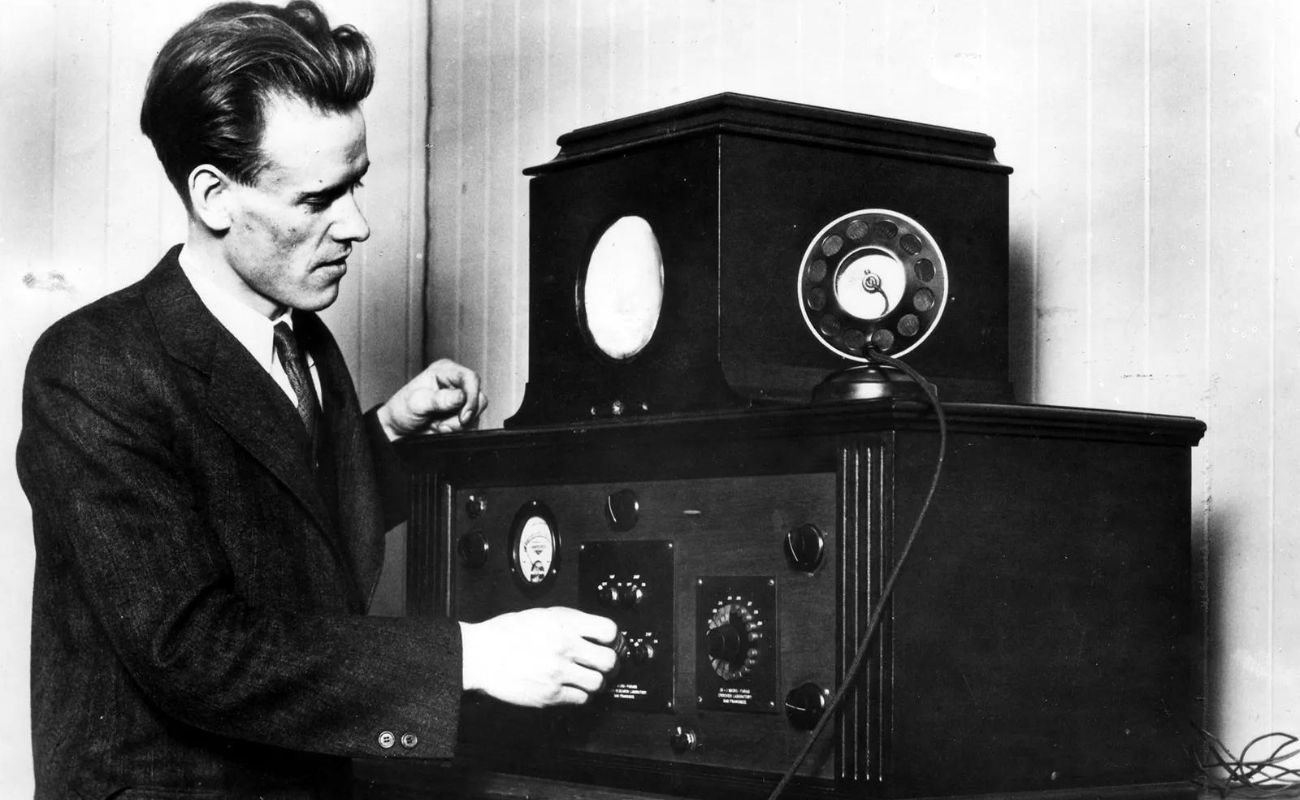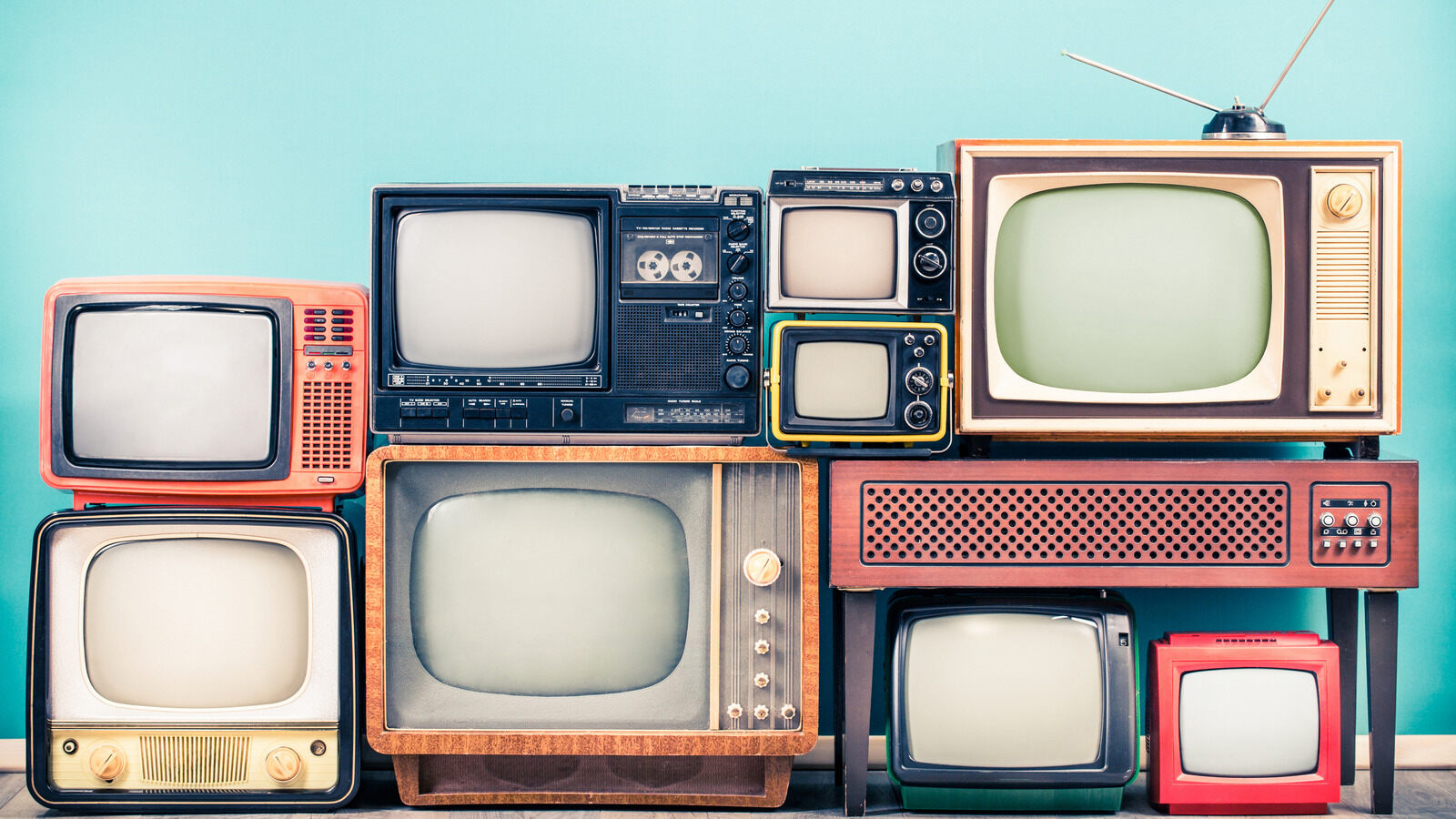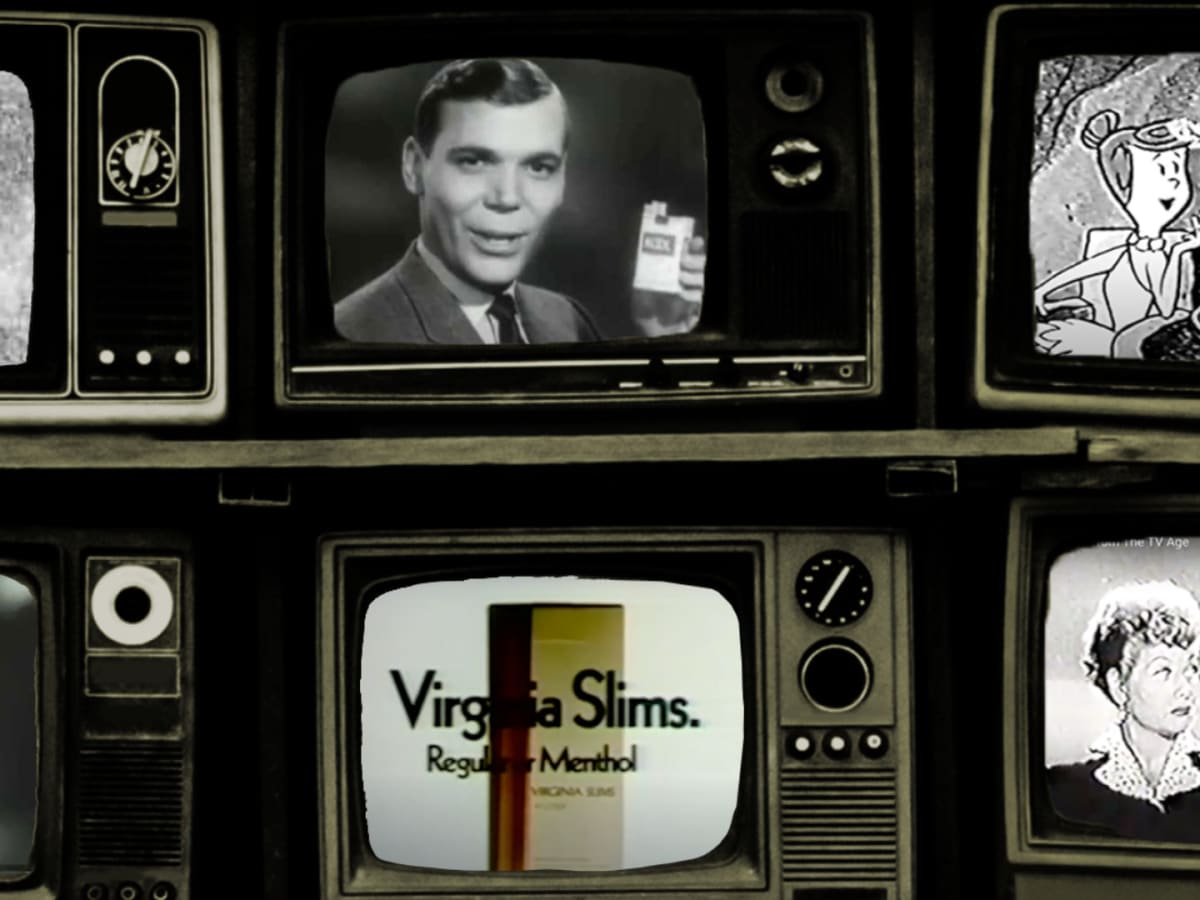Home>Technology>Home Entertainment Systems>When Was Television Introduced To America


Home Entertainment Systems
When Was Television Introduced To America
Modified: January 9, 2024
Discover the history of television in America and its impact on home entertainment systems. Learn about the introduction of television and its influence on modern viewing experiences.
(Many of the links in this article redirect to a specific reviewed product. Your purchase of these products through affiliate links helps to generate commission for Storables.com, at no extra cost. Learn more)
Introduction
Television, a ubiquitous presence in modern homes, has become an integral part of American culture and society. However, the journey of television in America is a fascinating tale of innovation, technological advancements, and societal transformation. This article delves into the early developments in television technology, the monumental first television broadcasts, and the profound impact of television on American society.
Join me as we embark on a captivating journey through the historical evolution of television and its enduring influence on the fabric of American life.
Key Takeaways:
- Television in America has a rich history, from early mechanical systems to the first electronic broadcasts. It has shaped society, culture, and the way we experience shared events.
- The impact of television on American society is profound, influencing public opinion, cultural norms, and the way we consume media. Its legacy continues to shape our collective consciousness.
Read more: When Was Television Introduced To Australia
Early Developments in Television Technology
The roots of television technology can be traced back to the late 19th century, with inventors and visionaries laying the groundwork for what would eventually become a revolutionary medium of communication and entertainment. One of the key figures in this early period was Paul Nipkow, a German engineer who patented the concept of the Nipkow disk in 1884. This spinning disk, with a series of evenly spaced holes spiraling toward the center, formed the basis for the mechanical television system.
Subsequent advancements in the early 20th century, particularly the work of inventors like Boris Rosing and Vladimir Zworykin, paved the way for the development of the electronic television system. Zworykin’s invention of the iconoscope, a crucial component of electronic television, marked a significant leap forward in the evolution of the medium.
By the 1920s, the race to create a viable television system was underway, with competing technologies and approaches vying for supremacy. In 1927, Philo Farnsworth, an American inventor, successfully demonstrated the first fully functional all-electronic television system, employing his innovative image dissector tube. Farnsworth’s breakthrough laid the foundation for the electronic television systems that would eventually dominate the industry.
These early developments in television technology set the stage for the rapid evolution of the medium, driving relentless innovation and experimentation as inventors and engineers sought to refine and perfect the television viewing experience. The transition from mechanical to electronic systems represented a pivotal moment in the history of television, ushering in an era of unprecedented technological progress and transforming the way people would interact with visual media.
The First Television Broadcasts
The inaugural television broadcasts in America marked a watershed moment in the history of mass communication, heralding the dawn of a new era in entertainment and information dissemination. The pioneering efforts of early television broadcasters laid the groundwork for an industry that would captivate and connect audiences across the nation.
One of the most iconic milestones in the realm of television broadcasting occurred on April 7, 1927, when Philo Farnsworth successfully transmitted the first electronic television image. This historic event, showcasing a simple straight line, represented a monumental achievement in the advancement of television technology. Farnsworth’s groundbreaking demonstration set the stage for the future proliferation of television as a dominant medium of visual storytelling and news delivery.
Subsequently, on July 1, 1941, the first official commercial television broadcast in the United States was launched by the National Broadcasting Company (NBC) from New York City. This historic broadcast, featuring a variety show and a Brooklyn Dodgers baseball game, marked the beginning of a new chapter in American entertainment and media consumption.
As television technology continued to evolve, the 1950s witnessed the widespread adoption of color television, revolutionizing the viewing experience and further solidifying television’s central role in American households. The introduction of color broadcasts opened up new creative possibilities for content producers and elevated the visual appeal of television programming, captivating audiences with vibrant and lifelike imagery.
Moreover, the advent of satellite technology in the 1960s facilitated the transmission of live events and news coverage on a global scale, enabling viewers to witness historic moments in real time. From the moon landing to major sporting events, television broadcasts became a conduit for shared cultural experiences, shaping collective memories and fostering a sense of interconnectedness across diverse communities.
The evolution of television broadcasting, from its nascent experiments to the advent of high-definition and digital formats, represents a testament to the relentless pursuit of innovation and the enduring power of visual storytelling. These foundational broadcasts laid the groundwork for a medium that would become an indelible part of the American experience, shaping narratives, shaping public discourse, and shaping the very fabric of society.
Television was introduced to America in the 1920s, but it wasn’t until the 1950s that it became popular in households across the country.
The Impact of Television on American Society
Television’s pervasive influence on American society transcends its role as a mere source of entertainment; it has fundamentally shaped cultural norms, political discourse, and collective consciousness. From the advent of televised news to the rise of iconic sitcoms and groundbreaking documentaries, television has left an indelible mark on the fabric of American life.
One of the most profound impacts of television has been its ability to bring pivotal historical events directly into people’s living rooms, fostering a sense of shared national experience. From the Kennedy-Nixon debates in 1960, which marked the first televised presidential debates, to the coverage of the Vietnam War and the civil rights movement, television became a powerful medium for shaping public opinion and galvanizing social change.
Furthermore, television has served as a platform for cultural representation and diversity, showcasing a spectrum of voices and narratives that reflect the rich tapestry of American identity. Iconic programs such as “I Love Lucy,” “The Twilight Zone,” and “The Cosby Show” not only entertained audiences but also challenged prevailing societal norms and paved the way for greater inclusivity in media representation.
Moreover, the emergence of 24-hour news networks and round-the-clock coverage has transformed the landscape of journalism and information dissemination, shaping public awareness and influencing public discourse. Television news has become a primary source of information for many Americans, shaping their understanding of current events and global affairs.
Television’s impact on popular culture cannot be overstated, as it has propelled trends, shaped fashion, and influenced consumer behavior. From the phenomenon of “appointment viewing” for must-see TV shows to the cultural impact of televised sports events, television has been a driving force in shaping societal norms and behaviors.
Furthermore, the advent of reality television has redefined the nature of celebrity and entertainment, offering audiences a voyeuristic glimpse into the lives of ordinary people and catapulting individuals to stardom. This genre has not only transformed the entertainment industry but has also influenced social dynamics and self-perception.
In the digital age, streaming services and on-demand content have revolutionized the way people consume television, offering unprecedented access to a vast array of programming. This shift has further expanded the reach and influence of television, allowing for greater customization and personalization of viewing experiences.
As we navigate the ever-evolving landscape of television and media, it is evident that the impact of television on American society is multifaceted and enduring. From shaping public opinion to reflecting societal values, television continues to be a powerful force in shaping the cultural landscape and collective consciousness of the nation.
Conclusion
The evolution of television in America represents a remarkable journey marked by innovation, cultural transformation, and societal impact. From its humble beginnings as an experimental technology to its current status as a ubiquitous presence in homes across the nation, television has woven itself into the fabric of American life, shaping narratives, reflecting societal values, and fostering shared experiences.
The early developments in television technology, from the pioneering work of inventors like Paul Nipkow and Philo Farnsworth to the advent of electronic and color television, laid the groundwork for a medium that would revolutionize communication and entertainment. The first television broadcasts, including the historic transmission of the first electronic image and the launch of commercial television, marked pivotal moments in the history of mass media, setting the stage for the widespread adoption of television as a primary source of news, entertainment, and cultural representation.
The impact of television on American society has been far-reaching, influencing public opinion, shaping cultural norms, and fostering a sense of shared national experience. From the televised coverage of historic events to the representation of diverse voices and narratives, television has played a central role in shaping the collective consciousness of the nation.
As we look to the future, the continued evolution of television, including the rise of streaming services and digital platforms, promises to further redefine the nature of media consumption and engagement. The enduring influence of television on American society underscores its status as a powerful medium for storytelling, information dissemination, and cultural reflection.
In closing, the story of television in America is one of innovation, resilience, and cultural significance. Its impact on society, from shaping public discourse to fostering a sense of shared cultural experience, cements its status as a defining force in the American narrative. As we embrace the ever-changing landscape of media and technology, the enduring legacy of television continues to resonate, shaping the way we connect, engage, and understand the world around us.
Frequently Asked Questions about When Was Television Introduced To America
Was this page helpful?
At Storables.com, we guarantee accurate and reliable information. Our content, validated by Expert Board Contributors, is crafted following stringent Editorial Policies. We're committed to providing you with well-researched, expert-backed insights for all your informational needs.
















0 thoughts on “When Was Television Introduced To America”